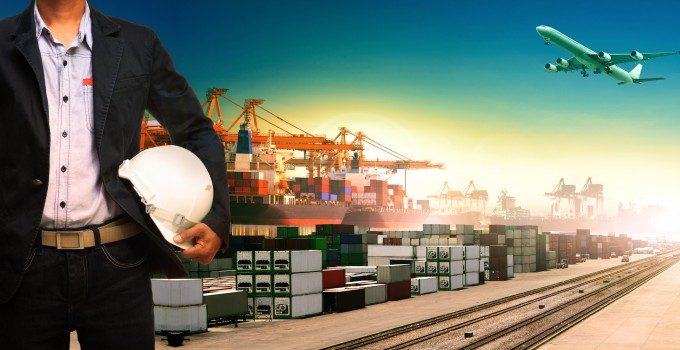The macro view: Coca-Cola's & Apple's supply chains – the eternally recurring 'make or buy' dilemna
“The macro view” is a brand new bi-monthly column by Aongus Buckley, a seasoned economist, ...

Companies in the transport business need to think more strategically about advanced manufacturing, urged the US vice-president of PwC Strategy, Andrew Schmahl, at yesterday’s Caspian Air Cargo event in Baku.
He warned that developments in manufacturing, such as 3D printing, would disrupt supply chains and logistics.
“Air ...

Comment on this article
Derek Jones
October 07, 2015 at 2:40 pm3D printing is fine for one-offs, such as moulds for casting, prototype models etc. It will never be cost-effective for any quantity run. It’s too slow, way too expensive, and the materials that can be printed are limited and have limiting characteristics. If anything, 3D printing may increase courier traffic as design shops outsource printing to foreign print shops, whose output is then delivered back to them. Air cargo faces many challenges; this is not one of them.
Alex Lennane
October 08, 2015 at 9:25 amI am not so sure. New technology has made the process much faster. For example, Carbon3D ‘grows’ objects instead of printing them – it takes 6 minutes as opposed to 11 hours. Quality is increasing. And costs are expected to fall dramatically as usage increases. Big companies are investing big money. While cheaper, sea freighted products look more likely to be affected (at least at first) many supply chains could be disrupted – with high yield products such as pharma, and hi tech on the ‘possible’ list. Although no doubt air freight will pick up some 3D business too. It will be interesting to watch…